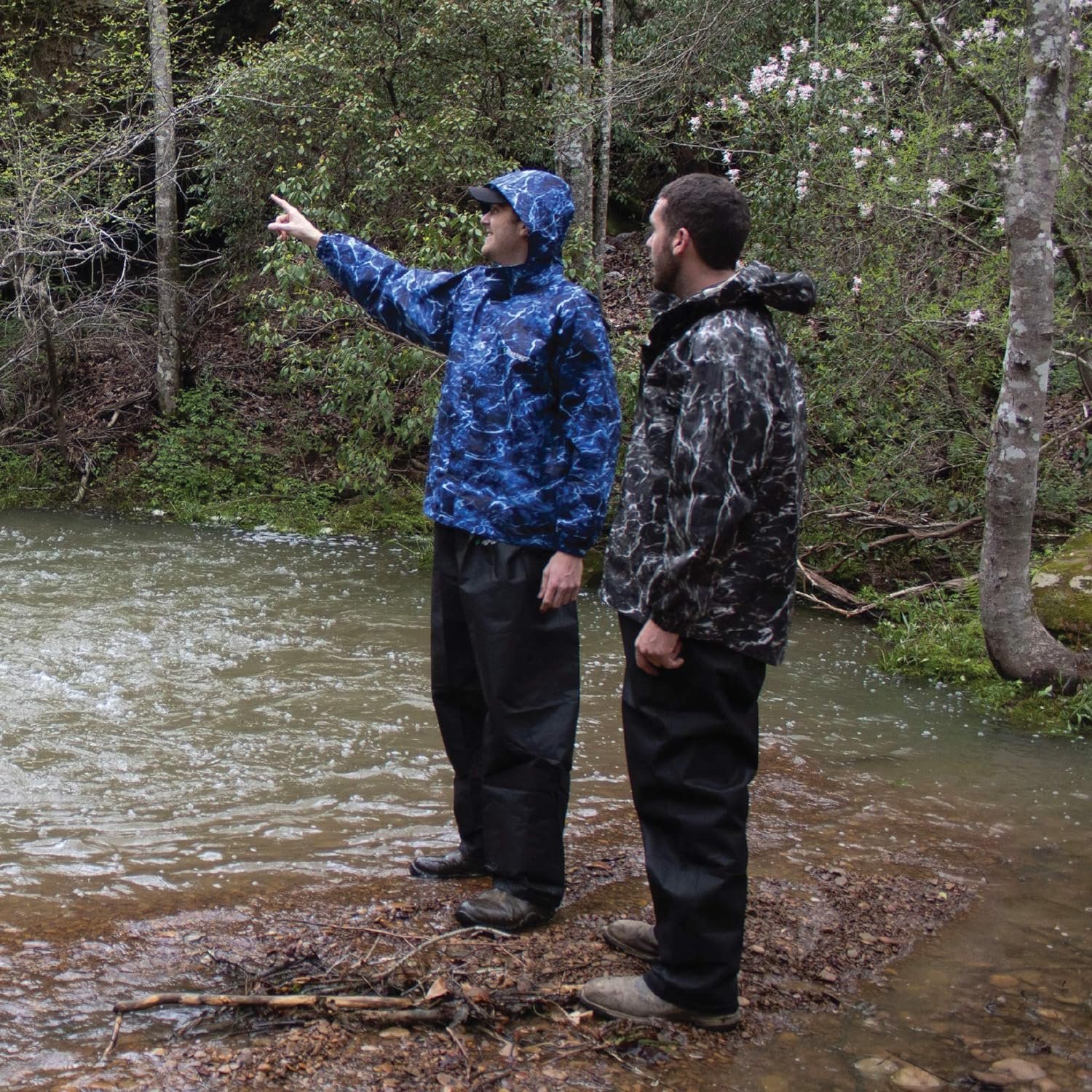So you’re wondering about the climate in New Brunswick, huh? Well, we’ve got the answers you’re looking for! Whether you’re planning a trip or considering moving to this Canadian province, it’s essential to know what kind of weather to expect. New Brunswick is a diverse region that experiences both warm and cold temperatures depending on the season.
Is New Brunswick Warm Or Cold?
From hot summers with temperatures reaching the high 20s (Celsius) to freezing winters that can drop below -20 degrees, New Brunswick offers a mix of climates throughout the year. So, if you’re ready to pack your bags, let us take you on a journey to explore the ever-changing weather patterns of this fascinating province.
Table of Contents
Climate
New Brunswick, located on the eastern coast of Canada, experiences a climate that is characterized by its four distinct seasons. The province is known for its maritime climate, which is greatly influenced by its proximity to the Atlantic Ocean. As a result, New Brunswick enjoys a mix of warm and cold temperatures throughout the year, making it an ideal destination for those who appreciate the changing seasons.
Summer
During the summer months of June to August, New Brunswick experiences warm temperatures that are perfect for outdoor activities. The average daytime temperature ranges from the mid-20s to low 30s degrees Celsius, providing a comfortable atmosphere for beach days, hiking, and exploring the province’s natural wonders. While New Brunswick does see some humidity during this time, it is generally at a moderate level, making it bearable for outdoor enthusiasts.
Winter
From December to February, New Brunswick experiences its coldest temperatures of the year. Winters in the province are characterized by cold and snowy conditions, with average temperatures ranging from -10 to -20 degrees Celsius. Snowfall is a common occurrence during this time, creating a winter wonderland for outdoor activities such as skiing, snowboarding, and snowshoeing. It is important to bundle up and be prepared for the chilly temperatures that can sometimes drop even lower during cold snaps.
Spring
As March rolls around, New Brunswick transitions into spring, a season of gradual warming and increasing daylight hours. During this time, the snow begins to melt, and the landscapes come alive with vibrant colors and blooming flowers. Average temperatures range from 5 to 15 degrees Celsius, providing a pleasant environment for outdoor enthusiasts to start exploring the province’s parks and hiking trails. The longer days also allow for more time spent outside, as the province begins to shake off the winter chill.
Fall
The months of September to November usher in the fall season in New Brunswick, bringing with them cool temperatures and the iconic display of colorful foliage. Average temperatures during this time range from 10 to 20 degrees Celsius, making it a comfortable time to explore the province’s beautiful forests and witness the stunning transformation of leaves from vibrant greens to rich reds, oranges, and yellows. Fall in New Brunswick is a photographer’s dream, as the landscapes are bathed in warm hues, creating a picturesque backdrop for outdoor activities.
Temperature Extremes
New Brunswick has experienced both record high and record low temperatures throughout its history. In the summer, the province can occasionally see temperatures soar above 30 degrees Celsius, providing heatwaves that beckon residents and visitors to seek relief in the province’s many lakes and rivers. On the other hand, during the winter months, New Brunswick has seen temperatures drop well below -30 degrees Celsius in some regions, requiring careful preparation for those venturing outdoors.
Regional Variations
While New Brunswick as a whole experiences a mix of warm and cold temperatures, there are regional variations within the province. Coastal areas, such as those along the Bay of Fundy, tend to have milder temperatures throughout the year due to the moderating influence of the ocean. Inland regions, such as the capital city of Fredericton, may experience slightly more extreme temperatures, with colder winters and hotter summers.
The northern regions of New Brunswick tend to have cooler temperatures throughout the year, with colder winters and shorter summers compared to the southern parts of the province.
Microclimates
New Brunswick’s diverse topography and varied landscapes give rise to microclimates in certain areas. River valleys, such as the Saint John River Valley, enjoy a slightly milder climate compared to the surrounding areas due to the sheltering effect of the surrounding hills and valleys. In these regions, temperatures can be slightly warmer during the winter months and cooler during the summer, providing a unique climate for agriculture and outdoor activities.
Similarly, mountainous areas, such as Mount Carleton, experience cooler temperatures and higher levels of precipitation, creating an environment that supports unique flora and fauna.
Influencing Factors
Several factors contribute to New Brunswick’s overall climate. The Gulf Stream, a warm current in the Atlantic Ocean, has a moderating effect on the province’s temperatures, particularly along the coast. This helps to keep coastal areas cooler in the summer and warmer in the winter compared to inland regions. Wind patterns also play a role, as prevailing winds from the southwest often bring warm air masses during the summer months, while northerly winds can lead to colder temperatures in the winter.
The province’s varied topography, from coastal plains to rolling hills and mountains, can also influence local climates, creating variations in temperatures and precipitation. Lastly, New Brunswick’s location at a relatively high latitude means that it experiences long summer days and shorter winter days, contributing to the changing seasons that the province is known for.
In conclusion, New Brunswick’s climate can be described as a mix of warm and cold temperatures throughout the year. It experiences distinct seasons, with warm summers and cold winters, allowing residents and visitors to fully embrace and appreciate the beauty of each season. Whether you prefer the warmth and outdoor adventures of summer or the crisp air and colorful foliage of fall, New Brunswick offers a diverse climate that appeals to a wide range of interests and preferences.
So, whether you’re planning a summer vacation or considering a winter escape, New Brunswick has something to offer for everyone, no matter their temperature preference.



